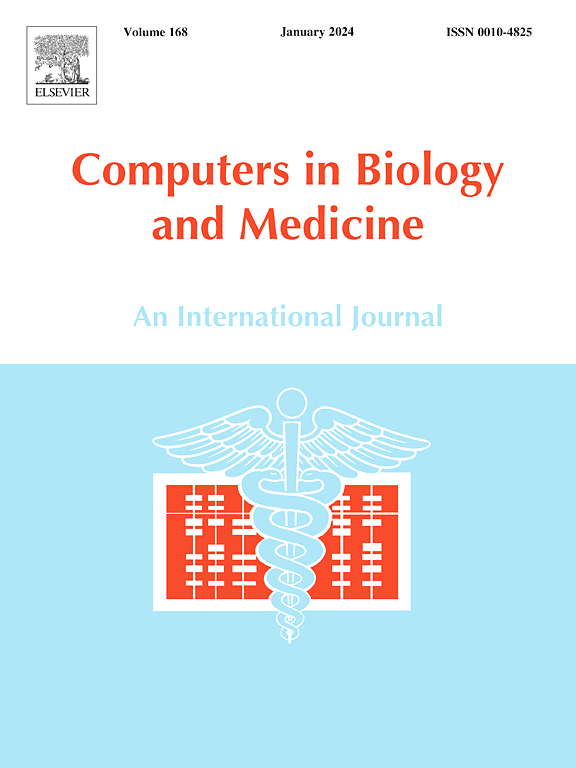Comparative analysis and interpretability of survival models for melanoma prognosis
IF 6.3
2区 医学
Q1 BIOLOGY
引用次数: 0
Abstract
The increasing incidence of cutaneous melanoma highlights the critical need for precision medicine to optimize treatment strategies and improve patient outcomes. This study evaluated and compared the performance and interpretability of various survival models for melanoma patients. We analyzed survival outcomes, including overall survival (OS), specific survival (SS), and disease-free survival (DFS), using the Xarxa Melanoma database, which comprises data from over 9,000 patients across 19 hospitals collected over a decade. The performance of Cox Proportional Hazards, Random Survival Forest, XGBoost, DeepSurv, and DeepHit models was assessed using the Concordance Index (C-Index), time-dependent Area Under the Curve (tdAUC), ROC-AUC, and Inverse Brier score. Our analysis showed that the Random Survival Forest outperformed the other methods, achieving C-Index scores of 0.846 for OS, 0.869 for SS, and 0.846 for DFS. Furthermore, by applying an interpretability method specifically designed for survival analysis, we identified histological subtypes associated with poor prognoses. Additionally, this study reaffirms the established importance of the Breslow index as a key prognostic factor in melanoma survival prediction.
黑色素瘤预后生存模型的比较分析及可解释性
皮肤黑色素瘤发病率的增加凸显了对精确医学优化治疗策略和改善患者预后的迫切需要。本研究评估并比较了黑色素瘤患者各种生存模型的表现和可解释性。我们使用Xarxa黑色素瘤数据库分析了生存结果,包括总生存期(OS)、特定生存期(SS)和无病生存期(DFS),该数据库包含了十多年来收集的19家医院9000多名患者的数据。使用一致性指数(C-Index)、随时间变化的曲线下面积(tdAUC)、ROC-AUC和逆Brier评分来评估Cox比例风险、随机生存森林、XGBoost、DeepSurv和DeepHit模型的性能。我们的分析表明,随机生存森林优于其他方法,OS的c指数得分为0.846,SS的c指数得分为0.869,DFS的c指数得分为0.846。此外,通过应用专为生存分析设计的可解释性方法,我们确定了与预后不良相关的组织学亚型。此外,本研究重申了Breslow指数作为黑色素瘤生存预测的关键预后因素的既定重要性。
本文章由计算机程序翻译,如有差异,请以英文原文为准。
求助全文
约1分钟内获得全文
求助全文
来源期刊

Computers in biology and medicine
工程技术-工程:生物医学
CiteScore
11.70
自引率
10.40%
发文量
1086
审稿时长
74 days
期刊介绍:
Computers in Biology and Medicine is an international forum for sharing groundbreaking advancements in the use of computers in bioscience and medicine. This journal serves as a medium for communicating essential research, instruction, ideas, and information regarding the rapidly evolving field of computer applications in these domains. By encouraging the exchange of knowledge, we aim to facilitate progress and innovation in the utilization of computers in biology and medicine.
 求助内容:
求助内容: 应助结果提醒方式:
应助结果提醒方式:


